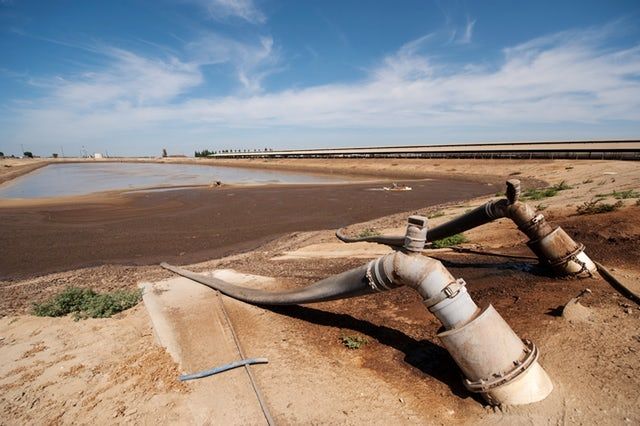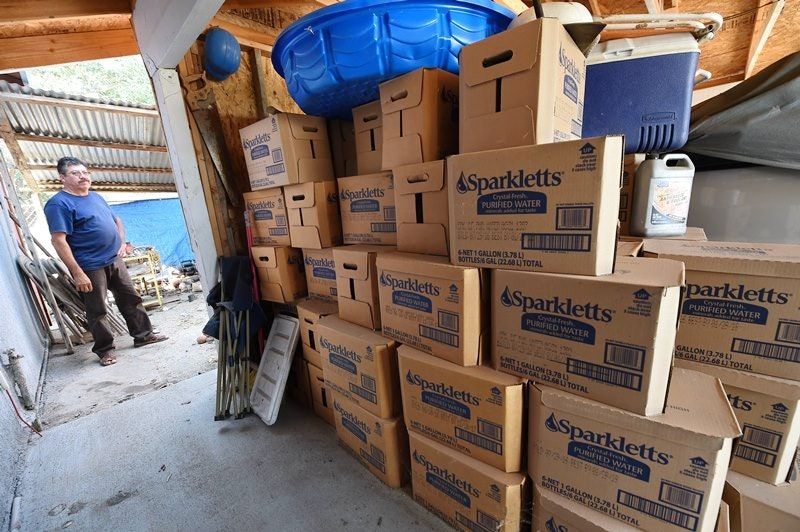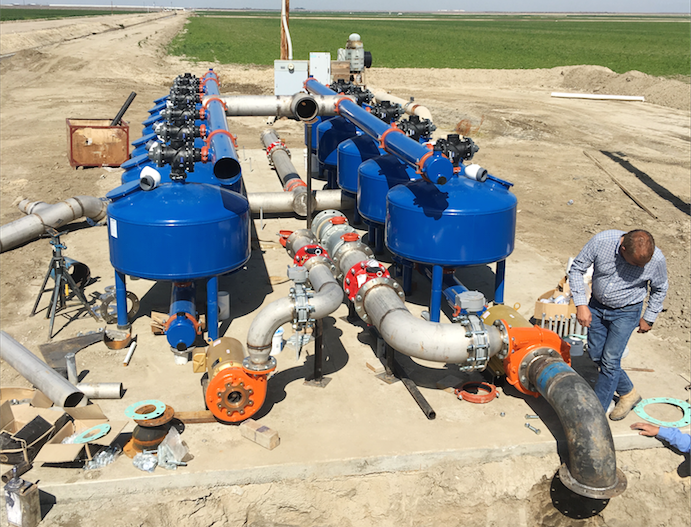California’s Nitrate Problem Will Take Decades to Fix
Published on by Water Network Research, Official research team of The Water Network in Academic
California has a long-term plan to clean up nitrate-contaminated groundwater, but farmers say more research is still needed and environmental groups think the proposal isn’t strong enough.
In the two most affected regions in California, Tulare Lake Basin in the San Joaquin Valley and the Salinas Valley, most nitrate pollution comes from crop runoff – 55 percent from synthetic fertilizer and 33 percent from animal manure – according to a University of California, Davis study commissioned by the State Water Resources Control Board. Other sources, such as animal waste from dairy and meat production and overwhelmed sewage and septic systems, can be locally important.
Based on that study and other input, the state came up with a long-term plan to address nitrate pollution, but not everyone is happy with it. Many farmers find parts of it burdensome, and some environmental groups say that the plan lacks teeth and that regulators aren’t doing enough to enforce clean water laws.

On most California dairies, liquids and fine particles from cow manure end up as nutrient-rich wastewater in lagoons like the one pictured. An alliance of industry, conservation and academic partners is testing and scaling an innovative system to utilize this liquid manure in underground drip-irrigation lines to grow crops at a handful of San Joaquin Valley dairies. Paolo Vescia
Coalition Building
The first step for the state in attacking its nitrate problem began with getting the right people to the table.
A coalition of state and federal agencies, growers and environmental justice groups, known as the Central Valley Salinity Alternatives for Long-term Sustainability (CV-SALTS), developed a plan to sustainably manage salinity and nitrogen in the Central Valley.
CV-SALTS laid out a three-tiered approach to nitrate pollution in the Central Valley: first, provide safe drinking water to affected communities; then stabilize the amount of nitrates in groundwater; and finally clean up groundwater.
Controlling Source Pollution
The next step is not making the problem worse. In areas with nitrate problems, growers are now required to create reports, called nitrogen management plans, that record how much nitrogen they apply and when, and whether it’s commercial, synthetic or organic, says Sue McConnell, Irrigated Lands Regulatory Program manager with the Central Valley water board.
They also report on their crop yields. Because there are estimates for how much nitrogen each type of crop will consume as it grows, they can calculate the difference between the two to get a general idea of how much nitrogen is left over in the soil, where it can leach into groundwater.
Nitrogen management plans must be kept on site, but growers are not required to submit them. “If inspectors come to site, they can ask to see it,” McConnell says. “Last year we visited 114 growers out of 30,000. We have 18 staff, so we have limited ability to touch them individually.”
New Ideas

Farm worker Honorio Nunez stands near boxes of bottled water, the only water he and his family have to drink because their domestic well is tainted with dangerously high levels of nitrates, in East Porterville, California. (AFP/ROBYN BECK)
A possible win-win that could come out of nitrogen measuring and reporting is a technique called pump and fertilize. Farmers in some areas tap groundwater to irrigate their fields. If they measure the amount of nitrates in the groundwater they use, they can reduce the amount of new nitrogen fertilizer they apply to their crops, says Covad.
Many dairy farmers “fertigate” – they mix their manure-based fertilizer with water and flood-irrigate their fields. But it’s not the most efficient use of water, or the most precise way to get nutrients to crops, and it worsens nitrate pollution. So Sustainable Conservation has spent the last few years piloting a technology that allows water mixed with manure to be put through drip irrigation without clogging the drip tape – something that kept most dairy farmers from using drip irrigation in the past. Drip irrigation is generally a more precise way to get irrigation water to the roots of the plant, where it can take it up, thereby reducing runoff that can carry pollutants with it.
Research Drives Action

A custom system engineered by project partner Netafim USA takes in raw dairy wastewater, filters out fine particles that would otherwise clog irrigation lines and spoon-feeds a precise mixture of filtered lagoon water combined with fresh water directly to a crop’s root zone. This direct, targeted irrigation approach increases the crop’s water- and nitrate-use efficiency. (Sustainable Conservation)
While innovation is happening on a small scale, research is also continuing to help guide the agricultural industry’s participation in reducing nitrate and to inform possible enforcement down the road.
The basics of how to reduce nitrate leaching are pretty well understood.
Not Enough
There are some groups who won’t be waiting years to see if the state begins to enforce regulations against agricultural polluters.
“We are claiming that the state of California has a ‘pattern and practice’ of turning a blind eye to agricultural pollution and is ignoring its duty to protect the public and the environment,” says Steve Shimek, executive director of the environmental nonprofit The Otter Project, based in Monterey.
Shimek’s organization is part of a coalition of environmental justice, coastal protection and fishery groups that filed a lawsuit against the state at the beginning of August, contending that the State Water Resources Control Board and the Central Valley Regional Water Quality Control Board have failed to enforce clean water laws that are meant to prohibit agricultural pollution.
“The state board has to start regulating,” Shimek says. “It can’t just walk hand in hand with industry.”
Source: News Deeply
Media
Taxonomy
- Nutrients Recovery
- Groundwater
- Groundwater Assessment
- Groundwater Pollution
- Hydrology Nutrient Cycling
- Groundwater Quality & Quantity